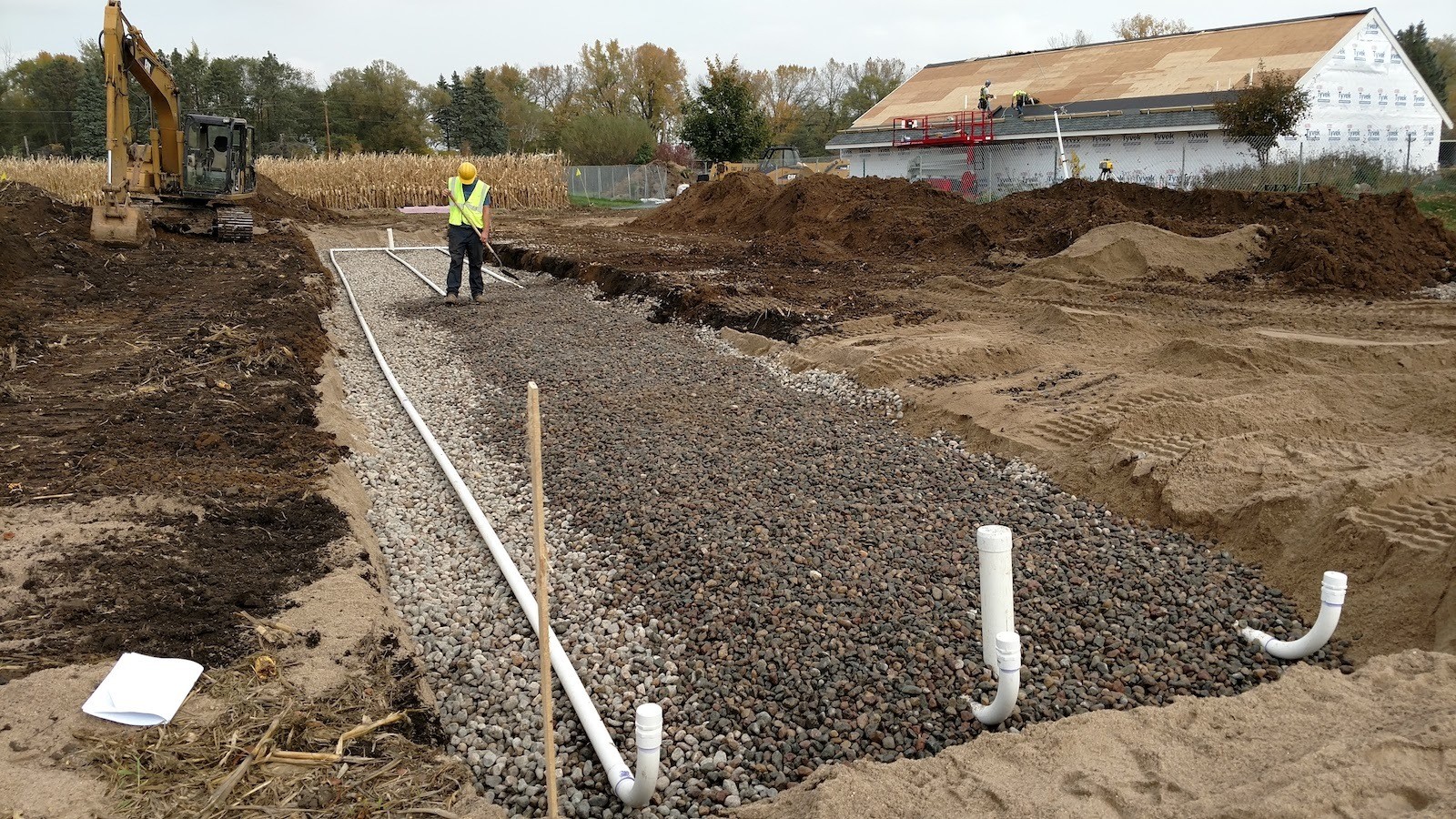Septic Design in Ontario: A Comprehensive Guide by Elmid Design Inc.
Navigating septic design in Ontario can be challenging. With various regulations, design options, and environmental factors to consider, it’s crucial to understand the process. In some cases, changes or alterations to a house may require a new septic design. Examples include adding new bedrooms, bathrooms, plumbing fixtures, or expanding living space. Upgrading an old or failed septic system may also be necessary for proper functionality and compliance with current regulations. This comprehensive guide by Elmid Design Inc. covers everything you need to know about septic design in Ontario.
Septic Design Basics: Understanding Septic Design Principles in Ontario
Understanding the septic design principles in Ontario is essential. Septic systems treat and dispose of wastewater on-site, making them vital for rural properties without access to municipal sewer systems. A well-designed septic system protects public health, preserves groundwater resources, and maintains property values.
Class 4 Septic Systems
The Class 4 septic system per the Ontario Building Code (OBC) is an essential aspect of septic design in Ontario. Class 4 septic systems serve single-family homes or small multi-unit residential buildings. These systems consist of a septic tank, which collects and partially treats wastewater, and a leaching bed or treatment unit, which further treats the effluent before releasing it into the environment.
Types of Septic Systems in Ontario: Exploring Different Options
Several types of septic systems in Ontario offer unique advantages and disadvantages. Some common septic system types include absorption trenches, filter beds, and advanced treatment systems.
Absorption Trench
Absorption trenches are conventional septic systems using trenches filled with stone and perforated PVC drain pipes to treat and disperse wastewater. The length and number of absorption trenches depend on the native soil’s percolation rate and the daily sewage design flow. Gravity-fed systems sometimes require no pumps, making absorption trenches generally less expensive. However, they may not be suitable for smaller lots due to space limitations.
Filter Bed
Filter beds use a large bed prepared with special filter sand for optimum percolation and effluent treatment instead of trenches. Perforated PVC drain pipes are laid on a continuous stone layer over the filter media sand. Filter beds are ideal for small lots where space is limited but can be more expensive than absorption trenches due to filter sand costs.
Advanced Treatment Systems
Advanced treatment systems provide a higher level of wastewater treatment than conventional septic systems. They are more versatile and can be used in properties with challenging conditions, such as heavy clay, shallow soil depth to bedrock, limited space, steep slopes, or high water tables.
Examples of advanced treatment systems include the Waterloo Biofilter, Eljen GSF, and Enviro-Septic systems. These systems use various technologies to provide a higher level of treatment, making them suitable for properties where conventional septic systems may not be feasible.
Some advantages of advanced treatment systems include:
- Servicing sites not suited for conventional septic systems, also,
- Removing more bacteria and organic material than conventional septic systems, in addition,
- Extending the life of an existing leaching bed, also,
- Taking up less room in the yard
Disadvantages of Advanced Treatment Systems
Although advanced treatment systems offer many benefits, they also come with some drawbacks. Some of the disadvantages include:
- Higher purchase and installation costs, also,
- Increased operating expenses (e.g, yearly electrical costs, media replacement)
- More mechanical parts that can break down or need replacement
- Mandatory maintenance (which increases costs)
Septic Design Process in Ontario: Steps to Obtain Approval
The septic design process in Ontario involves several steps to obtain approval from the local health department or conservation authority. These steps include:
- Site evaluation: A site evaluation is crucial for determining the most suitable septic system type and design for your property. The evaluation includes a review of topography, soil characteristics, water table depth, and property size.
- Septic system design: Based on the site evaluation, a professional septic designer or engineer will create a design for the appropriate septic system. The design will consider factors such as daily sewage design flow, soil percolation rate, and the minimum required setbacks from wells, property lines, and water bodies.
- Permit application: Submit the septic system design to the local health department or conservation authority for review and approval. The permit application process varies depending on the jurisdiction.
- Installation: A licensed septic system installer can install the approved septic system once they are granted the permit. The installation process must follow the approved design and any local regulations.
Conclusion
Septic design in Ontario involves a complex process of site evaluation, system design, permit application, installation, and ongoing maintenance. Understanding the different types of septic systems available, such as absorption trenches, filter beds, and advanced treatment systems, helps property owners make informed decisions about the best septic system for their needs. By working with experienced professionals and adhering to local regulations, you can ensure that your septic system is well-designed, installed correctly, and maintained for optimal performance.





